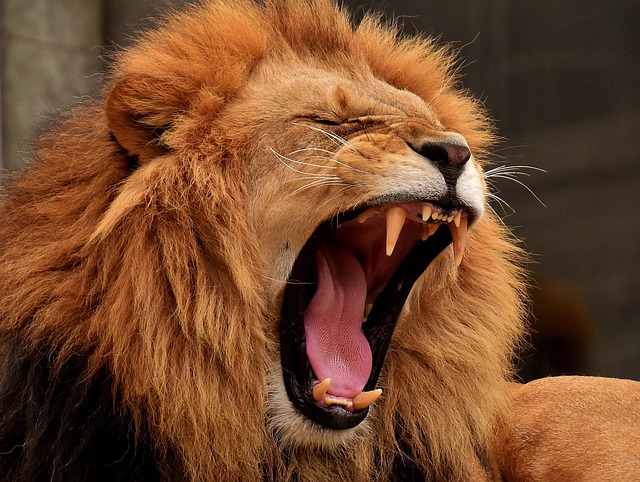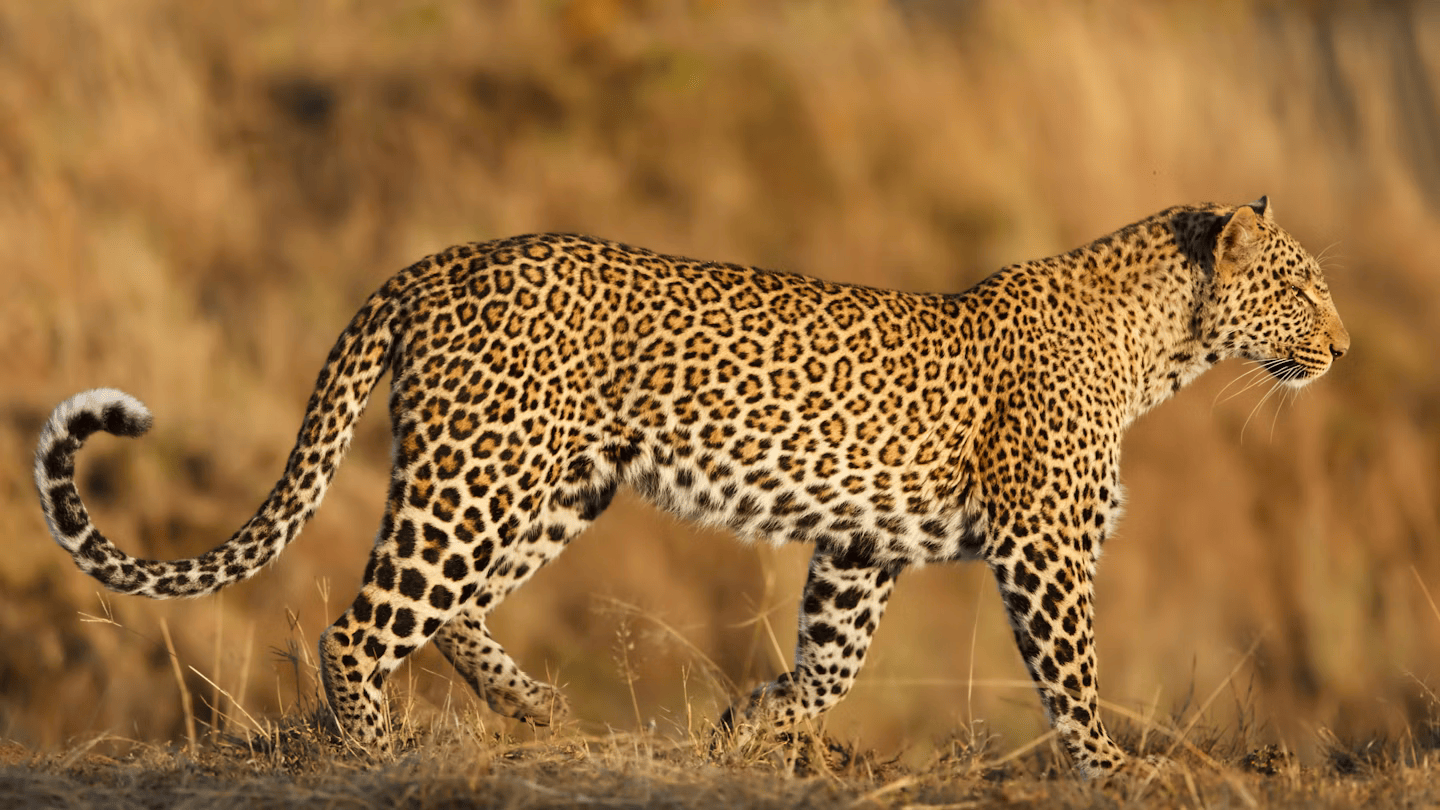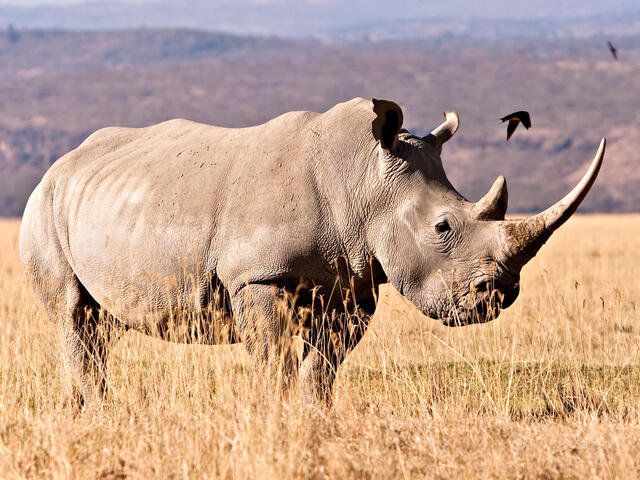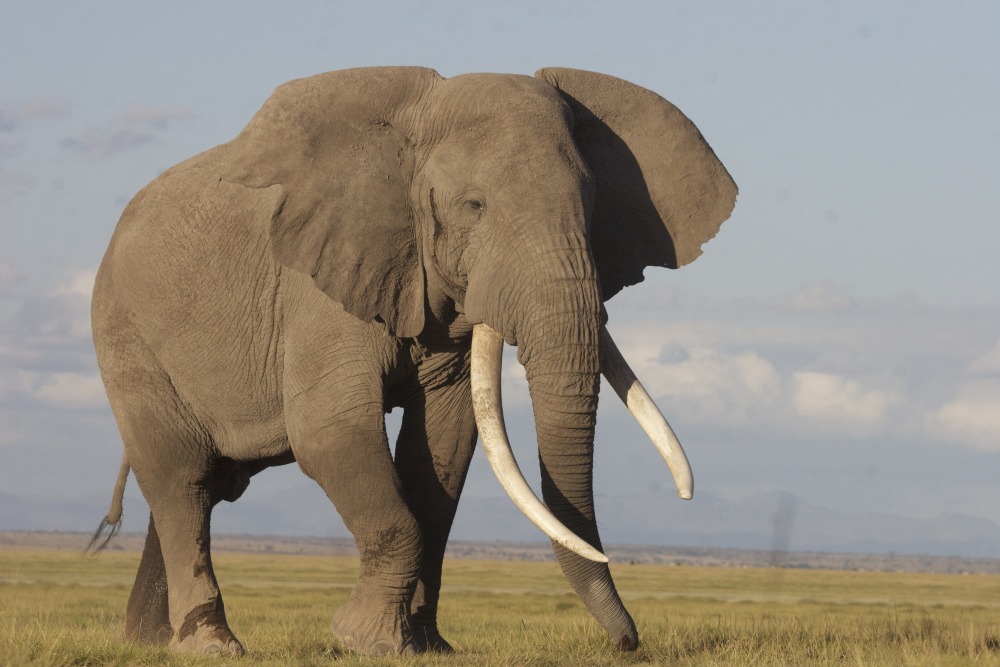The "Big Five" animals—lion, leopard, rhinoceros, elephant, and Cape buffalo—represent the crown jewels of African wildlife. Originally a term used by big-game hunters to describe the most challenging and dangerous animals to hunt on foot, it has since evolved into a badge of honor for wildlife enthusiasts and photographers who seek to witness these magnificent creatures in their natural habitats.
The Big Five Animals: An Overview
The Lion: King of the Savannah
The lion, often referred to as the "King of the Jungle," commands respect with its majestic mane and authoritative presence. Found primarily in grasslands and savannas, lions are social creatures that live in prides. Their powerful roars can be heard from up to 5 miles away, a testament to their dominance in the animal kingdom.

The Leopard: Stealth and Grace
Leopards are elusive predators known for their incredible agility and climbing abilities. These solitary cats are often spotted lounging on tree branches, their rosette-patterned coats blending seamlessly with the foliage. Leopards are highly adaptable, thriving in diverse habitats ranging from dense forests to arid deserts.

The Rhinoceros: A Symbol of Resilience
The rhinoceros, with its iconic horn and robust physique, is a symbol of strength and survival. Africa is home to two species: the black rhino and the white rhino. Despite their formidable appearance, rhinos face significant threats from poaching, making conservation efforts critical for their survival.

The Elephant: Gentle Giants
African elephants, the largest land animals on Earth, are renowned for their intelligence and complex social structures. Their tusks, used for digging and defense, make them targets for ivory poachers. These gentle giants play a vital role in their ecosystems, from shaping landscapes to dispersing seeds.

The Cape Buffalo: Unyielding and Unpredictable
The Cape buffalo, often underestimated, is a formidable member of the Big Five. Known for its unpredictable nature, it is considered one of the most dangerous animals in Africa. These herbivores are typically found in herds, providing safety in numbers against predators.

Where to See the Big Five
Africa offers a plethora of destinations where you can encounter the Big Five in their natural habitats. Some of the most iconic locations include:
- Kruger National Park, South Africa: A premier safari destination known for its abundant wildlife and excellent infrastructure.
- Masai Mara, Kenya: Famous for the Great Migration and its dense lion population.
- Serengeti National Park, Tanzania: Renowned for vast plains teeming with wildlife, including the elusive leopard.
- Hwange National Park, Zimbabwe: A haven for elephants and Cape buffalo.
- Chobe National Park, Botswana: Known for its high concentration of elephants and excellent river safaris.
Conservation Efforts and Challenges
The Big Five face numerous threats, including habitat loss, poaching, and human-wildlife conflict. Conservation organizations and governments are working tirelessly to protect these iconic species through:
- Anti-poaching initiatives: Deploying rangers and advanced technology to curb illegal activities.
- Community-based conservation: Involving local communities in protecting wildlife while benefiting from tourism revenue.
- Habitat restoration: Ensuring that ecosystems remain intact for future generations.
Tips for an Unforgettable Big Five Safari
- Choose the right season: Dry seasons are ideal for game viewing as animals congregate around waterholes.
- Hire experienced guides: Knowledgeable guides enhance your safari experience with their expertise.
- Pack essentials: Binoculars, cameras, and lightweight clothing are must-haves.
- Practice responsible tourism: Respect wildlife and adhere to park rules to minimize your impact on the environment.
Final Thoughts
The Big Five animals symbolize the raw beauty and diversity of Africa's wilderness. Whether you’re an avid wildlife photographer or a first-time safari-goer, encountering these majestic creatures is an experience that leaves an indelible mark on the soul. By supporting conservation efforts and practicing responsible tourism, we can ensure that future generations also have the opportunity to marvel at the wonders of the Big Five.
Exploring the Majestic Realm of the Big Five Animals